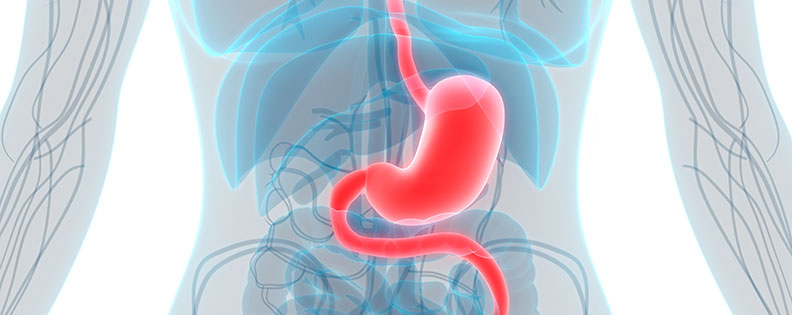Products
HIGH RESOLTION OESOPHAGEAL MANOMETRY
The purpose of high-resolution esophageal Manometry is to measure the pressures in your esophagus when you are resting and when you swallow. These pressures will tell us if your esophagus is working normally. The most common uses for the test are to:
1. Diagnose esophageal motility disorders (e.g., spasms and achalasia)
2. Prepare for and follow-up anti-reflux surgery
3. Evaluate results of medical and surgical treatment
4. Determine lower esophageal sphincter location before a 24-hour pH study
5. Evaluate non-cardiac chest pain
6. Evaluate non-mechanical dysphasia (difficulty swallowing)
7. Evaluate rumination syndrome
When is esophageal Manometry Used? • Esophageal Manometry is used primarily in several situations. The first is to evaluate the cause of reflux of stomach acid and contents back into the esophagus (gastro esophageal reflux disease or GERD). Symptoms of GERD include heartburn and regurgitation. The second is to determine the cause of problems with swallowing food, such as food or liquids getting stuck in the chest after swallowing. The third is to evaluate patients with chest pain that may be coming from the esophagus rather than the heart. Finally, the test may be needed to correctly place an acid sensing probe (pH probe) in the esophagus (see patient information sheet on esophageal pH monitoring).
TO PERFORM THIS STUDY WE REQUIRED MANOMETRY SYSTEM WHICH INCLUDES
1. 16 CHANNEL WATER PERFUSION SYSTEMS
2. ESOPHAGEAL REUSABLE CATHETERS
3. CAPILLARY & TRANSDUCER
4. DATA AQUISITION CARD
4. PATIENT INTERFACE PROCESSOR
5. COMPUTER SYSTEM
6. SOFTWARE FOR ANALYSIS
1. Diagnose esophageal motility disorders (e.g., spasms and achalasia)
2. Prepare for and follow-up anti-reflux surgery
3. Evaluate results of medical and surgical treatment
4. Determine lower esophageal sphincter location before a 24-hour pH study
5. Evaluate non-cardiac chest pain
6. Evaluate non-mechanical dysphasia (difficulty swallowing)
7. Evaluate rumination syndrome
When is esophageal Manometry Used? • Esophageal Manometry is used primarily in several situations. The first is to evaluate the cause of reflux of stomach acid and contents back into the esophagus (gastro esophageal reflux disease or GERD). Symptoms of GERD include heartburn and regurgitation. The second is to determine the cause of problems with swallowing food, such as food or liquids getting stuck in the chest after swallowing. The third is to evaluate patients with chest pain that may be coming from the esophagus rather than the heart. Finally, the test may be needed to correctly place an acid sensing probe (pH probe) in the esophagus (see patient information sheet on esophageal pH monitoring).
TO PERFORM THIS STUDY WE REQUIRED MANOMETRY SYSTEM WHICH INCLUDES
1. 16 CHANNEL WATER PERFUSION SYSTEMS
2. ESOPHAGEAL REUSABLE CATHETERS
3. CAPILLARY & TRANSDUCER
4. DATA AQUISITION CARD
4. PATIENT INTERFACE PROCESSOR
5. COMPUTER SYSTEM
6. SOFTWARE FOR ANALYSIS
